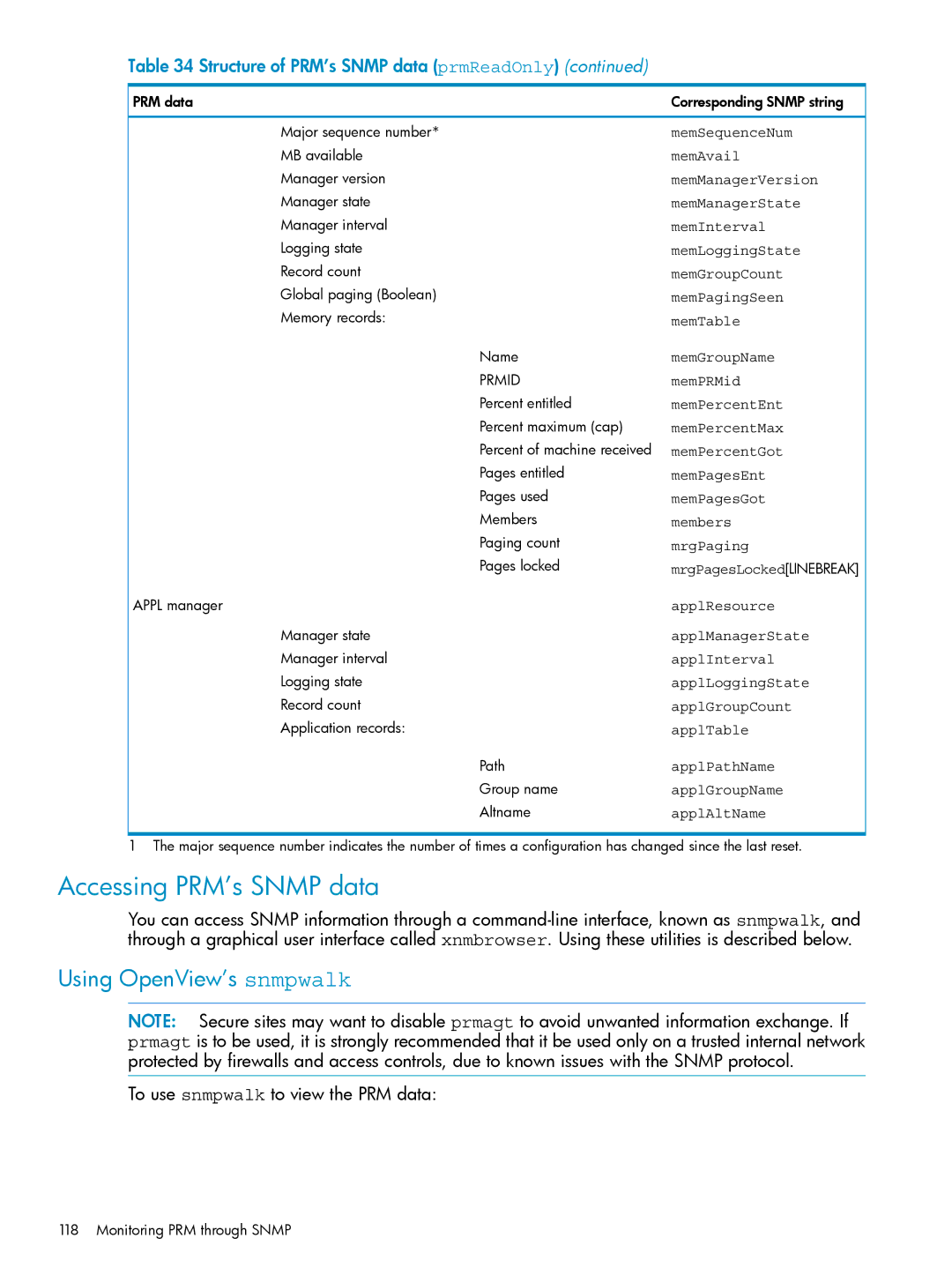
Table 34 Structure of PRM’s SNMP data (prmReadOnly) (continued)
PRM data | Corresponding SNMP string |
Major sequence number* | memSequenceNum |
MB available | memAvail |
Manager version | memManagerVersion |
Manager state | memManagerState |
Manager interval | memInterval |
Logging state | memLoggingState |
Record count | memGroupCount |
Global paging (Boolean) | memPagingSeen |
Memory records: | memTable |
Name | memGroupName |
PRMID | memPRMid |
Percent entitled | memPercentEnt |
Percent maximum (cap) | memPercentMax |
Percent of machine received | memPercentGot |
Pages entitled | memPagesEnt |
Pages used | memPagesGot |
Members | members |
Paging count | mrgPaging |
Pages locked | mrgPagesLocked[LINEBREAK] |
APPL manager | applResource |
Manager state | applManagerState |
Manager interval | applInterval |
Logging state | applLoggingState |
Record count | applGroupCount |
Application records: | applTable |
Path | applPathName |
Group name | applGroupName |
Altname | applAltName |
1The major sequence number indicates the number of times a configuration has changed since the last reset.
Accessing PRM’s SNMP data
You can access SNMP information through a
Using OpenView’s snmpwalk
NOTE: Secure sites may want to disable prmagt to avoid unwanted information exchange. If prmagt is to be used, it is strongly recommended that it be used only on a trusted internal network protected by firewalls and access controls, due to known issues with the SNMP protocol.
To use snmpwalk to view the PRM data:
118 Monitoring PRM through SNMP
